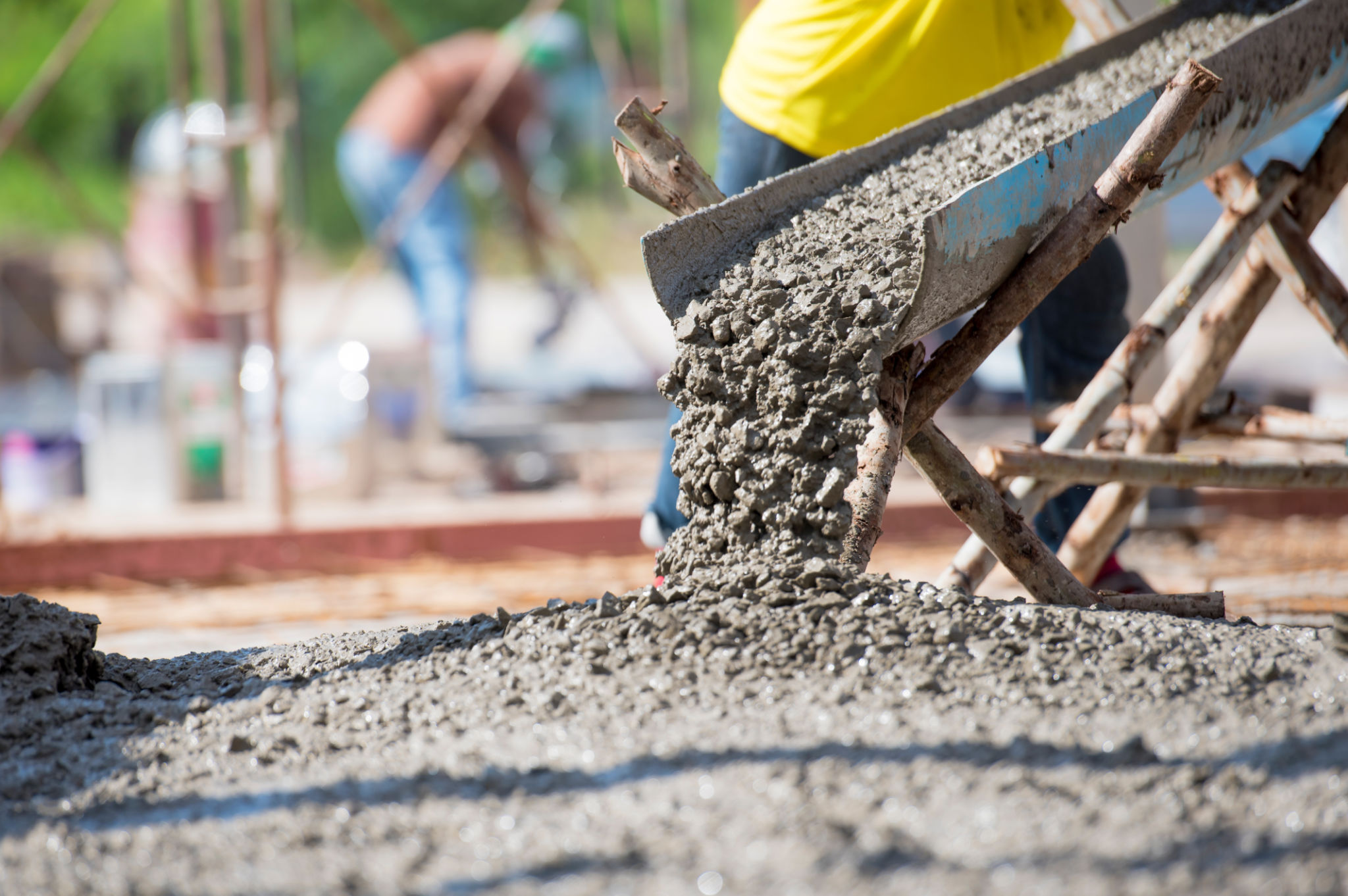Comprehensive Guide to Choosing the Right Concrete for Your Barossa Project
Understanding the Basics of Concrete
Concrete is a fundamental building material, composed mainly of water, cement, and aggregates like sand, gravel, or crushed stone. Its versatility and strength make it a popular choice for various construction projects. When planning a project in the Barossa region, selecting the right type of concrete is crucial to ensure durability and performance.

Different types of concrete are designed for specific applications. Factors such as load-bearing requirements, environmental conditions, and aesthetic preferences play a significant role in determining the best mix for your project. Understanding these factors will help you make informed decisions, enhancing the longevity and functionality of your structure.
Types of Concrete for Different Applications
There are several types of concrete available, each tailored for specific uses. Here are some common varieties you might consider for your Barossa project:
- Standard Concrete: Ideal for general construction purposes, offering a balance between strength and affordability.
- High-Strength Concrete: Suitable for structures that require additional load-bearing capacity, such as bridges or high-rise buildings.
- Stamped or Decorative Concrete: Perfect for patios, driveways, and other areas where aesthetics are important.

When selecting a concrete type, consider the specific needs of your project and consult with professionals to ensure the chosen mix aligns with your goals.
Environmental Considerations in Concrete Selection
The Barossa region's unique climate and environmental conditions can influence the choice of concrete. Extreme temperatures and humidity levels can affect the curing process and the overall durability of the material. Therefore, it's essential to select a concrete mix designed to withstand these conditions.
Using additives and admixtures can enhance concrete's resilience to environmental stressors. For example, air-entraining agents improve freeze-thaw resistance, while pozzolanic materials like fly ash can increase durability and sustainability.

Cost Considerations and Budgeting
Budget is a vital aspect of any construction project. While high-quality materials might have a higher upfront cost, they often result in long-term savings by reducing maintenance needs and enhancing lifespan. Evaluate your budget carefully and consider investing in quality concrete that meets the demands of your Barossa project.
Discussing your financial constraints with suppliers can help in finding a balance between cost and performance. Many suppliers offer customized solutions that cater to specific project requirements without compromising on quality.
Working with Professionals
Choosing the right concrete involves more than just picking a mix from a catalog. Collaborating with experienced professionals ensures that every aspect of your project is addressed. From initial design to final pour, expert guidance can prevent costly mistakes and deliver superior results.

Ensure that your contractor is well-versed with local building codes and regulations. This knowledge is crucial in selecting materials that comply with legal standards and contribute to safe and sustainable construction practices.